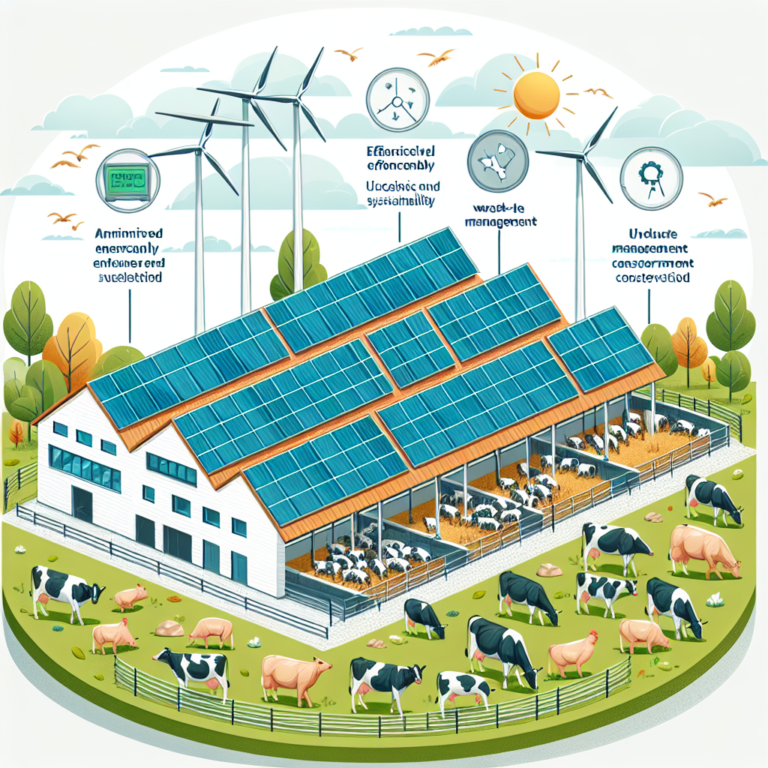Livestock housing plays a critical role in the efficiency and sustainability of modern farming operations. In order to maximize efficiency and sustainability, farmers are increasingly turning to innovative housing solutions that prioritize animal welfare, environmental sustainability, and operational efficiency. By implementing these modern livestock housing solutions, farmers can improve productivity, reduce environmental impact, and enhance the overall sustainability of their operations.
One of the key considerations in modern livestock housing is the design and layout of the facilities. Efficient housing layouts can help reduce labor and energy costs, improve animal health and welfare, and optimize production output. For example, incorporating well-designed ventilation systems can help maintain optimal temperature and air quality within the housing facility, reducing the risk of disease and improving overall animal health. Additionally, utilizing natural lighting and efficient lighting systems can reduce energy consumption and create a more comfortable environment for the animals.
Another important aspect of modern livestock housing is the use of sustainable building materials and construction practices. Sustainable building materials such as recycled or locally sourced materials can help reduce the environmental impact of construction and minimize waste. Additionally, incorporating energy-efficient features such as solar panels, rainwater harvesting systems, and insulation can help lower energy consumption and reduce operational costs.
Innovative technology is also playing a major role in modern livestock housing solutions. Farmers are increasingly utilizing automation and smart technology to monitor and control environmental conditions within the housing facility. Automated feed and water systems, temperature sensors, and remote monitoring systems can help optimize feeding schedules, reduce waste, and improve overall efficiency. Additionally, precision farming technologies such as GPS tracking and data analytics can help farmers make informed decisions about herd management and resource allocation.
Furthermore, sustainable housing practices such as rotational grazing and pasture-based systems can help reduce the environmental impact of livestock farming. By allowing animals to graze on pasture lands, farmers can reduce the need for feed production, lower greenhouse gas emissions, and improve soil health. Pasture-based systems can also enhance animal welfare by providing animals with natural foraging opportunities and space to move freely.
Overall, modern livestock housing solutions that prioritize efficiency and sustainability are essential for the long-term viability of the agricultural industry. By adopting innovative designs, sustainable building practices, and advanced technology, farmers can improve productivity, reduce environmental impact, and enhance the overall sustainability of their operations. It is crucial for farmers to continue investing in modern housing solutions that prioritize animal welfare, environmental sustainability, and operational efficiency in order to ensure a resilient and thriving agricultural sector for future generations.
